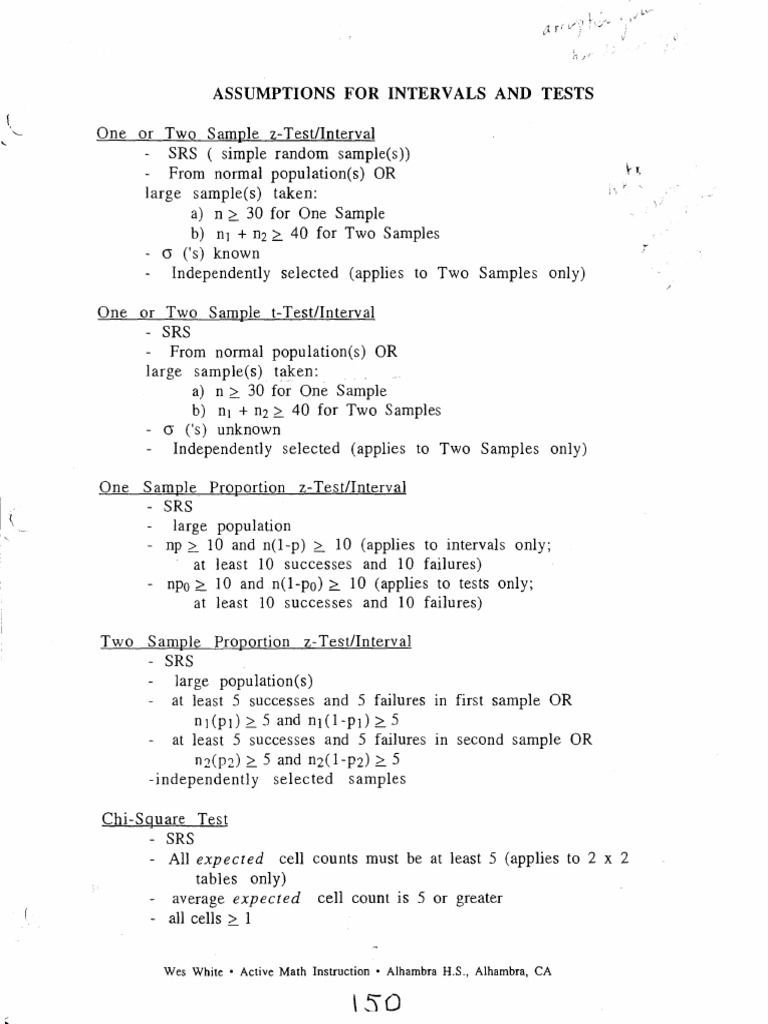Unit 1 Ap Stats Review

As we embark on our journey through the realm of Advanced Placement (AP) Statistics, it's essential to establish a solid foundation in the fundamental concepts that underpin this field. The first unit of AP Stats review provides an introduction to the basics of statistics, including data analysis, visualization, and summary statistics. In this review, we'll delve into the primary concepts, highlighting key terms, and providing examples to illustrate the practical applications of these ideas.
Key Points
- Descriptive statistics: measures of central tendency (mean, median, mode) and variability (range, variance, standard deviation)
- Data visualization: types of graphs (histograms, box plots, scatter plots) and their uses
- Summary statistics: calculating and interpreting mean, median, mode, and standard deviation
- Data types: qualitative (categorical) and quantitative (numerical) data
- Levels of measurement: nominal, ordinal, interval, and ratio scales
Descriptive Statistics

Descriptive statistics is a branch of statistics that deals with summarizing and describing the basic features of a dataset. It involves calculating measures of central tendency (mean, median, mode) and variability (range, variance, standard deviation). These measures provide a concise summary of the data, enabling us to understand the distribution of values and identify patterns or trends. For instance, the mean is a measure of central tendency that represents the average value of a dataset, while the standard deviation measures the spread or dispersion of the data from the mean.
Measures of Central Tendency
There are three primary measures of central tendency: the mean, median, and mode. The mean, denoted by μ (mu), is the average value of a dataset. The median, denoted by M, is the middle value of a dataset when it is arranged in ascending or descending order. The mode, denoted by Mo, is the most frequently occurring value in a dataset. Each of these measures provides a unique perspective on the data, and the choice of which one to use depends on the context and the type of data being analyzed.
| Measure of Central Tendency | Formula | Description |
|---|---|---|
| Mean | μ = (Σx) / n | Average value of a dataset |
| Median | M = middle value | Middle value of a dataset |
| Mode | Mo = most frequent value | Most frequently occurring value |

Data Visualization

Data visualization is the process of creating graphical representations of data to better understand and communicate the insights and patterns within the data. There are several types of graphs used in statistics, including histograms, box plots, and scatter plots. Each type of graph serves a specific purpose and is suited for particular types of data and analyses. For example, histograms are useful for displaying the distribution of a single variable, while scatter plots are used to examine the relationship between two variables.
Types of Graphs
Histograms are graphical representations of the distribution of a single variable. They consist of bars of different heights, where the height of each bar represents the frequency or density of the variable. Box plots, also known as box-and-whisker plots, display the distribution of a variable by showing the median, quartiles, and outliers. Scatter plots, on the other hand, display the relationship between two variables, with each point representing a single observation.
Summary Statistics
Summary statistics provide a concise summary of the data, enabling us to understand the distribution of values and identify patterns or trends. The mean, median, mode, and standard deviation are all examples of summary statistics. These statistics can be used to compare different datasets, identify outliers, and understand the relationships between variables.
Calculating Summary Statistics
Calculating summary statistics involves using formulas to compute the mean, median, mode, and standard deviation of a dataset. For example, the mean is calculated by summing all the values and dividing by the number of observations, while the standard deviation is calculated by taking the square root of the variance. Understanding how to calculate these statistics is essential for data analysis and interpretation.
In conclusion, the first unit of AP Stats review provides a foundation in the fundamental concepts of statistics, including descriptive statistics, data visualization, and summary statistics. By understanding these concepts, we can begin to analyze and interpret data, drawing meaningful conclusions and making informed decisions. As we progress through the course, we will build upon these foundational concepts, exploring more advanced topics and techniques in statistics.
What is the difference between a parameter and a statistic?
+A parameter is a characteristic of a population, while a statistic is a characteristic of a sample. For example, the population mean is a parameter, while the sample mean is a statistic.
What is the purpose of data visualization?
+Data visualization is used to communicate insights and patterns in the data, making it easier to understand and interpret the results of an analysis.
What is the difference between a histogram and a box plot?
+A histogram displays the distribution of a single variable, while a box plot displays the distribution of a variable by showing the median, quartiles, and outliers.
Related Terms:
- AP Stats Unit 2
- AP Stats Unit 2 review



